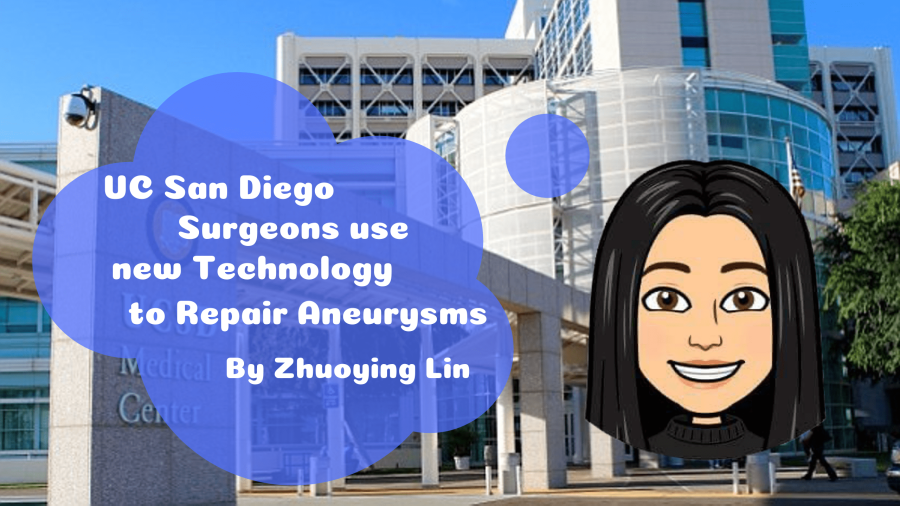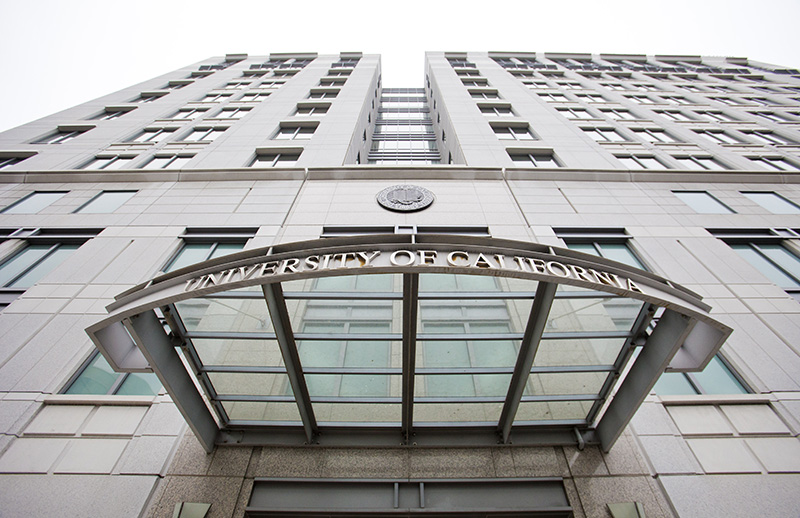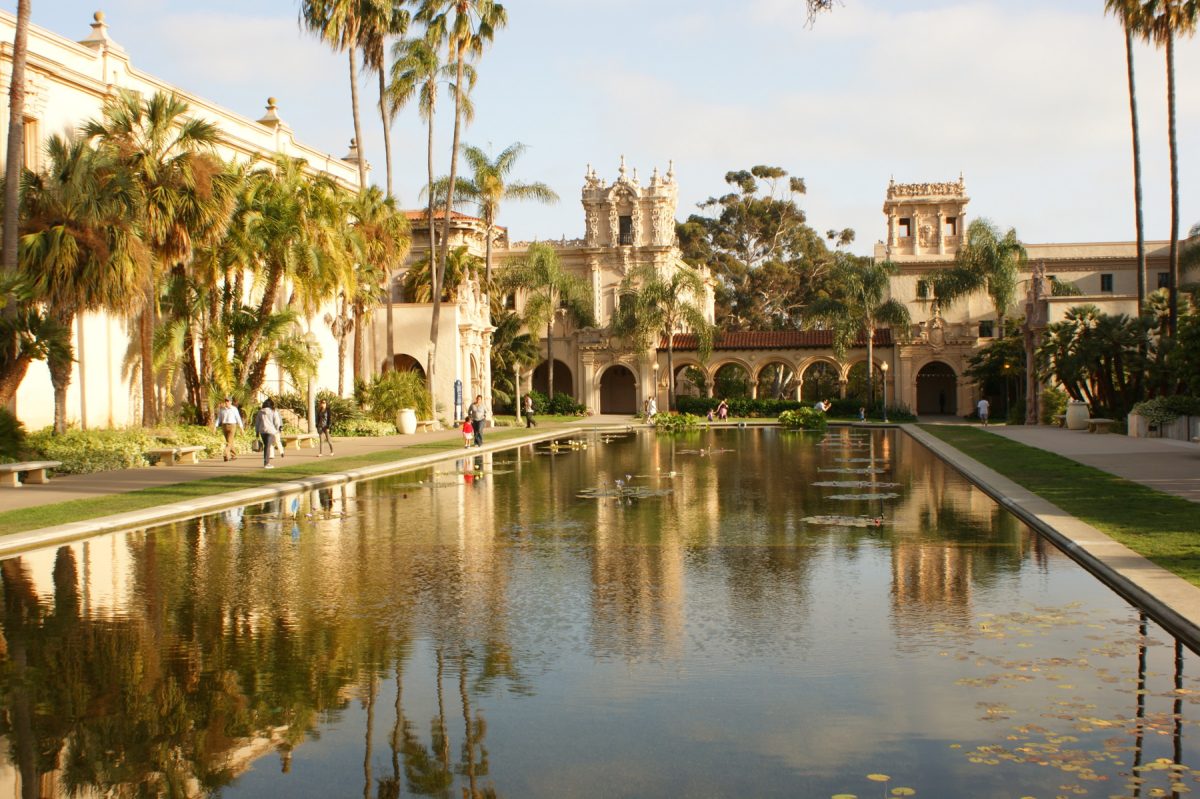UC San Diego Health recently became one of the first health centers nationwide to adopt the 3D imaging technique, Dynamic Morphology Correction, in aortic aneurysm surgery. This new procedure offers greater efficiency for the treatment of aortic aneurysms while also lowering the difficulty of the operation and minimizing human exposure to medical radiation.
The aorta is the main blood vessel that carries blood from the heart to the rest of the human body. The term “aortic aneurysm” refers to the weakening and bulging of the aortic wall typically due to aging or disease. Without surgery, damaged aortic tissues may rupture and cause life-threatening internal bleeding.
In surgeries of an aortic aneurysm, surgeons implant a stent graft made of plastic and a fabric-coated tube with wires wrapped around it. This device serves the function of carrying blood instead of the damaged aortic tissues. Meanwhile, the implantation process must be handled with extra care as the stent graft must be oriented correctly and in an upright position to connect to the other blood vessels.
Contrast dyes composed of radioactive iodine are necessary to show blood vessels in an X-ray image due to the black and white nature of the image. By adding iodine into patients and taking X-rays continuously throughout the operation, surgeons could locate blood vessels and position the stent graft in the right place. However, this process is highly complex and challenging, as the radioactivity of both iodine and X-rays can cause harm to both patients and surgeons.
“Aorta becomes tortuous as we get old,” Dr. Mahmoud Malas, the first vascular and endovascular surgeon to operate aortic aneurysm with 3D imaging at UCSD Health, said to the UCSD Guardian. “It moves when you put the stiff wire [in] … X-ray doesn’t show you the aorta, so you just keep shooting dyes to see where the vessel is.”
Now with Dynamic Morphology Correction, which was originally developed by Cydar Medical, the need for contrast dyes is significantly reduced. Prior to the day of operation, surgeons use the technology to build a computerized 3D model of the patient’s aneurysm using a CT scan. Surgeons then take an X-ray of the patient on operation day and align this image with the previously built 3D model using two bone landmarks marked in the CT scan. This then gives back a real-time image of a patient’s blood vessels.
“Cydar incorporates machine learning, it adjust itself and you can also manually move [the image],” Malas said.
Malas mentioned that holes connected to other blood vessels are also colored on the Cydar model. He explained that this helps surgeons locate visceral vessels in a shorter time, and noted that the procedure time has been cut in half because of this new technology.
UCSD Health is the third medical institution in the nation and the first on the west coast to apply 3D imaging in aortic aneurysm. Despite paying thousands of dollars as annual fees to Cydar Medical, UCSD currently does not charge its patients with an aortic aneurysm an extra fee for the incorporation of the new technology.













